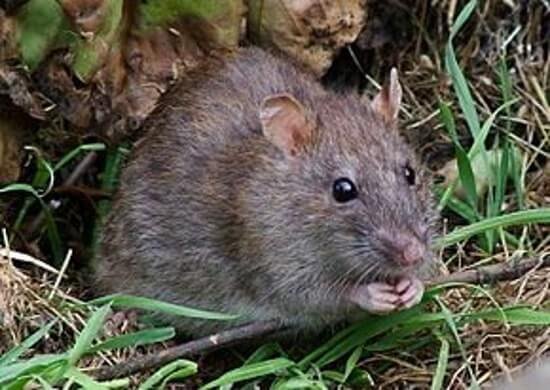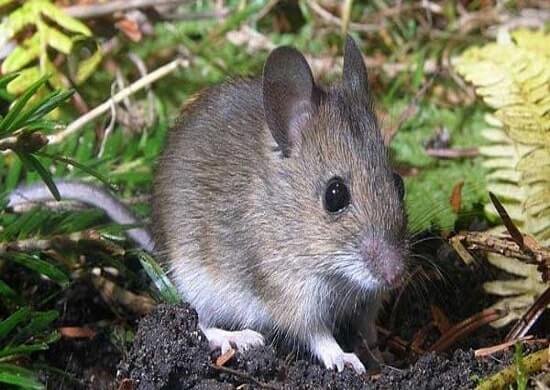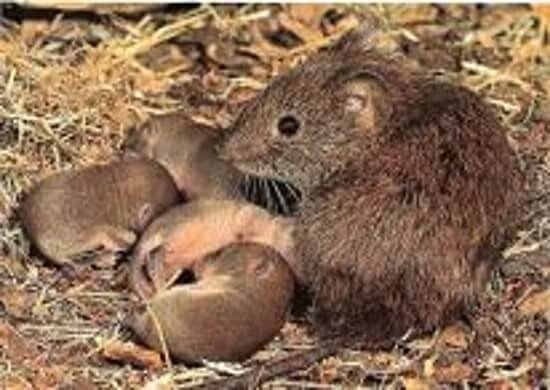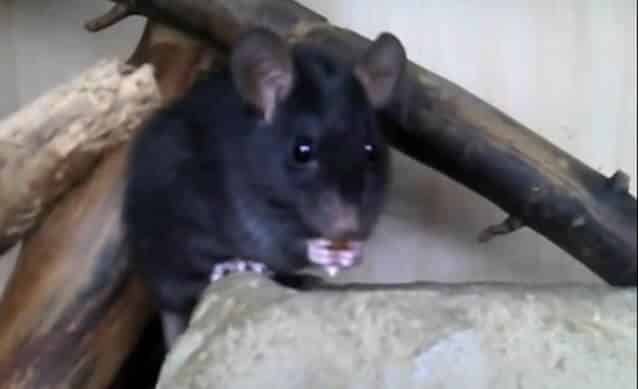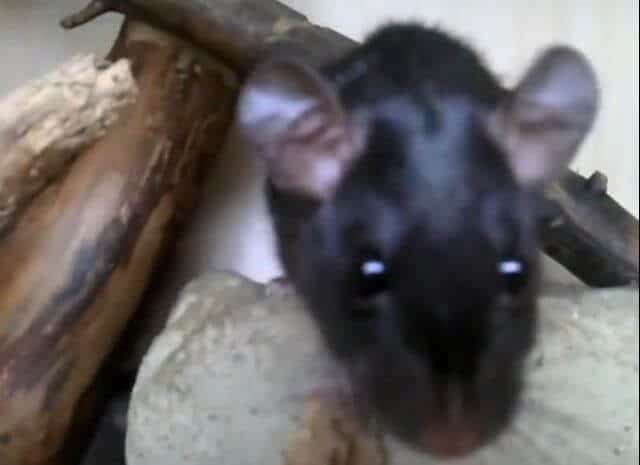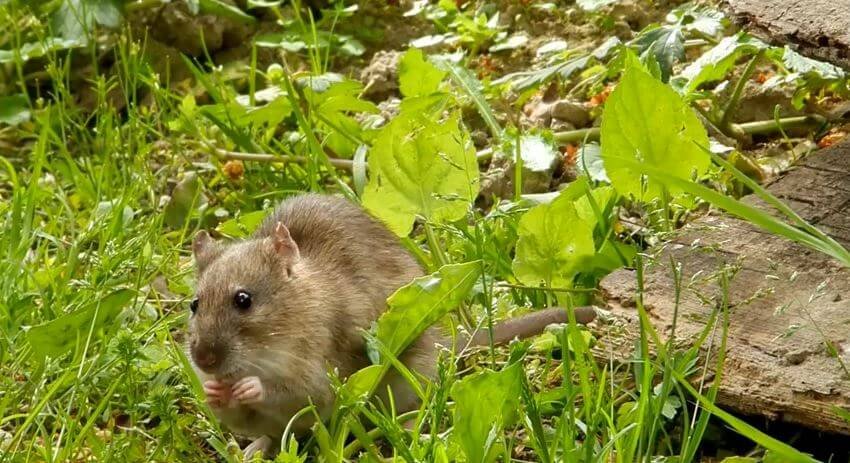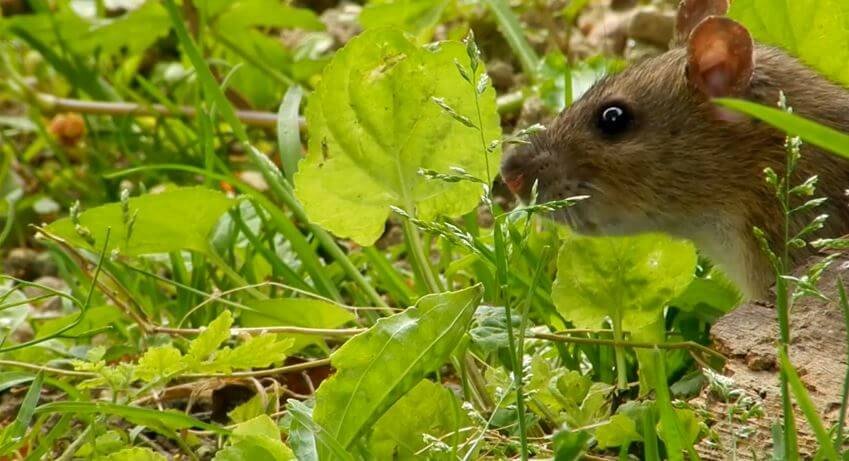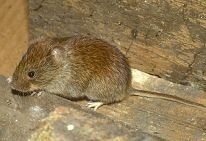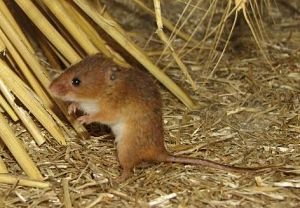From Rodents to Regulations: Montreal’s Evolving Battle Against Pests
In the bustling urban sprawl of Montreal and its surrounding suburbs, where historic architecture meets modern high-rises, a quieter but persistent struggle unfolds daily. Beneath the charm of cobblestone streets and the hum of city life, pests—rodents, bedbugs, ants, and more—pose a growing challenge to residents, businesses, and policymakers. As Canada’s second-largest city grapples with these unwelcome intruders, the pest control industry is undergoing a transformative evolution, driven by innovative technologies, stricter regulations, and a heightened focus on sustainability. From the rise of eco-friendly extermination methods to new legislative frameworks aimed at protecting public health and the environment, Montreal is at the forefront of redefining how pest control is managed in urban settings. This dynamic interplay between pests, people, and policies reveals a city adapting to modern demands while confronting age-old adversaries.
Montreal’s pest problem is as diverse as its population. Rodents, particularly rats and mice, thrive in the city’s dense neighborhoods, drawn by abundant food sources and aging infrastructure. Bedbugs, once nearly eradicated, have staged a dramatic comeback, hitchhiking through hotels, apartments, and public transit. Ants, wasps, and cockroaches round out the roster of common nuisances, each presenting unique challenges to homeowners and businesses. The city’s proximity to waterways and its humid climate exacerbate these issues, creating ideal conditions for pests to flourish. In Montreal North, for instance, rat infestations have surged in recent years, with residents reporting brazen rodents scurrying through backyards and alleyways. The summer of 2024, marked by intense heat, further fueled pest proliferation, pushing extermination companies to their limits. As one local exterminator noted, “The warmer it gets, the faster they breed. It’s a race against nature.”
The pest control industry in Montreal has responded with a blend of traditional expertise and cutting-edge innovation. Companies like Abas Prix Extermination and Infestation Montréal, both prominent players in the region, emphasize integrated pest management (IPM), a strategy that combines biological controls, habitat modification, and minimal chemical use to achieve long-term results. IPM is not a quick fix but a philosophy, prioritizing prevention over reaction. For example, Abas Prix Extermination’s technicians conduct thorough inspections, sealing entry points and eliminating attractants like standing water or food debris before resorting to pesticides. This approach reflects a broader trend in Montreal, where consumers increasingly demand eco-friendly solutions that protect both their homes and the environment. “People want to know their kids and pets are safe, (it could be any quote from the client)” says Rejean Lessard, the owner of Abas Prix Extermination. “They’re asking for green treatments, and we’re delivering (it could be any quote from the client).”
Technological advancements are also reshaping the industry. Drones, though not yet fully approved for pesticide application in Quebec, are being explored for monitoring insect populations in agricultural areas and wetlands around Montreal’s suburbs. Smart traps, equipped with sensors that alert exterminators to pest activity, are gaining traction in commercial settings like restaurants and warehouses. Heat treatment units, which raise temperatures to lethal levels for bedbugs and cockroaches, are becoming a staple for companies like Exterminateurs Associés, offering a chemical-free alternative to traditional fumigation. These innovations are critical in a city where structural vulnerabilities—crumbling mortar, warped wood, and unsealed soffits in older buildings—create endless entry points for pests. Montreal’s pest control professionals are not just fighting insects and rodents; they’re battling the city’s own architecture.
Compliance and regulation
Regulatory oversight is a cornerstone of this evolving landscape. In Canada, the Pest Control Products Act (PCPA), administered by Health Canada’s Pest Management Regulatory Agency (PMRA), governs the use of pesticides, ensuring they meet stringent safety and environmental standards. Recent amendments to the PCPA, announced in June 2024, aim to enhance transparency and sustainability in pest control. These changes stem from a 2021 government commitment to invest $42 million over three years to strengthen PMRA’s oversight, prompted by public and stakeholder concerns about pesticide impacts on biodiversity and at-risk species. The amendments address issues like access to confidential test data, maximum residue limits for pesticides, and the need for risk assessments that consider cumulative environmental effects. In Montreal, where urban and natural ecosystems coexist, these regulations are particularly relevant. For instance, mosquito control programs in suburban Laval must balance public health with the preservation of local wetlands, a challenge that requires careful adherence to PMRA guidelines.
At the municipal level, Montreal has implemented its own measures to combat pest infestations. The city’s By-law concerning the sanitation and maintenance of dwelling units mandates that landlords address pest issues within 10 business days of notification, with borough inspections available if problems persist. This by-law, updated in January 2025, reflects a growing recognition of tenants’ rights in the face of pest-related health risks. The Office municipal d’habitation de Montréal (OMHM), which manages public housing, has also taken proactive steps, developing a mobile app to track infestation levels in real-time and collaborating with public health officials to refine extermination protocols. Bedbug treatments, for example, often require multiple visits due to the insects’ resilience and the limitations of Health Canada-approved products, which are designed to be safe but may not kill eggs. The OMHM’s efforts underscore the complexity of pest control in multi-unit dwellings, where clutter, hoarding, and tenant cooperation can significantly impact outcomes.
Public awareness is another critical factor. Montreal residents are increasingly educated about pest prevention, thanks to campaigns by the city and organizations like the Association québécoise de gestion parasitaire (AQGP). Simple actions—sealing cracks, using mesh screens, and avoiding outdoor lights that attract insects—can make a significant difference. The city’s website offers tools to identify pests and report infestations, encouraging swift action to curb outbreaks. Community science initiatives, supported by the Canadian Food Inspection Agency (CFIA), invite residents to report unusual insect sightings, contributing to broader surveillance efforts. In 2024, Montreal intensified its monitoring of the brown marmorated stink bug, an invasive species that damages crops and infiltrates homes. While not harmful to humans, its foul odor and tendency to overwinter indoors make it a growing concern for suburban homeowners.
Unique challenges in the commercial sector
The commercial sector faces unique challenges. Montreal’s thriving tourism industry, which draws millions of visitors annually, is particularly vulnerable to bedbugs, which can hitchhike in luggage and spread rapidly through hotels and short-term rentals. Restaurants and food processing plants, governed by strict standards from the Quebec Ministry of Agriculture, Fisheries and Food (MAPAQ), must maintain rigorous pest control to comply with health regulations. Companies like Rentokil and Abell Pest Control offer specialized services for these industries, using electronic fly control technology and rodent-proofing measures to meet audit requirements. The cost of non-compliance is high—pest sightings can deter customers and lead to fines or closures. As one restaurant owner in Old Montreal remarked, “A single rat can ruin your reputation overnight.”
Despite these advancements, challenges remain. The data on pest infestations, particularly bedbugs, is often unreliable due to manual reporting by pest managers, which lacks validation by city officials. This gap complicates efforts to track and address outbreaks systematically. Additionally, the rise of pesticide-resistant pests, such as cockroaches and bedbugs, poses a growing threat. Exterminators report that some infestations require multiple treatments, driving up costs and frustration for clients. The social stigma of pest problems also persists, discouraging some residents from reporting issues promptly. In low-income neighborhoods, where access to professional extermination services may be limited, infestations can spiral out of control, exacerbating health disparities.
On the horizon, Montreal’s pest control landscape is poised for further transformation. The PMRA’s ongoing review of drone-specific pesticide labels could unlock new possibilities for precision pest management, particularly in suburban and rural areas. Advances in biocontrols, such as introducing natural predators to manage insect populations, are gaining attention as sustainable alternatives to chemical treatments. Public-private partnerships, like those between the OMHM and local extermination companies, are likely to expand, improving access to services in underserved communities. Meanwhile, climate change, which is extending pest breeding seasons and introducing new species to the region, will continue to challenge the industry’s adaptability.
For Montreal residents, the battle against pests is both personal and collective. A homeowner in Laval sealing cracks in their foundation, a tenant in Plateau-Mont-Royal reporting bedbugs to their landlord, and a restaurant manager in Ville Saint-Laurent scheduling monthly pest inspections—all are part of a citywide effort to reclaim spaces from unwanted intruders. The pest control industry, backed by robust regulations and driven by innovation, is rising to the occasion, blending science, strategy, and community engagement to create a safer, healthier urban environment. As Montreal navigates this evolving landscape, one thing is clear: the fight against pests is not just about eradication but about building a resilient city where humans and nature can coexist, even in the face of persistent adversaries.
To identify rodents and avoid an infestation, it's essential to carefully observe certain signs and characteristics. The main methods consist in recognizing their physical appearance (size, body shape, coat color, tail, ears), spotting their tracks (droppings, footprints, teeth marks), and observing their behavior (nocturnal activity, noise in walls, nests made of various materials). By consulting detailed descriptions of rodent types, their specific characteristics and behaviors, you can more effectively identify the presence of a rodent species and act quickly to prevent a home invasion.
Rodents are characterized by a single pair of continuously growing incisors on each jaw. It is with these jaws that they create most of their damage. The jaws enable them to gnaw their food, chew anything they find in their path, make galleries, etc.
Note that the shape of a rodent varies from one species to another. For the most part, however, they are small, with robust bodies, small legs and long tails. Their diet is also more varied, but most of them feed on seeds or other plant matter.
.

